 |
| The addition of the spaceplate reduces the distance needed between the lens element and the sensor, thus allowing smaller lenses |
A lot of work has been done using high refractive index glasses, diffraction grating systems and lens element design to reduce the size of camera lenses, but a group of researchers are now targeting the air-space between those elements in a bid to create miniaturized optical systems. The team from the University of Ottawa proposes inserting what they call ‘spaceplates’ into a lens construction to alter the optical path in such a way that the gaps between elements in the lens can be reduced. They further propose that when combined with metalenses these spaceplates could, in theory, allow optical systems that are almost flat and extremely thin.
 |
| This shows how the research team propose the spaceplate idea could make regular lenses smaller, and replaced when the spaceplate is combined with a metalens |
In any lens it is the area reserved for air – the gaps between the elements – that takes up the most space. These gaps of course are carefully calculated and are key to directing the path of light as it passes through from the front element to the camera’s sensor. The idea here is to compress those gaps using multiple layers of metasurfaces that provide negative refractive indexes to shorten the light path between one element and the next. In photographic and telescope optics mirror lenses aim to achieve a similar end, not so much by shortening the light path but by allowing the same distance to be traveled inside a shorter-than-usual lens barrel.
Metasurfaces are materials that alter the path of light not by using bulbous glass or plastic elements but by tiny structures within their make up. As light passes through grids, nets and grates within the material redirect the light, altering its path. The grating system in Canon’s DO lenses works in a broadly similar way bit on a different scale.
 |
| Trails using oil between the lens element and the spaceplate showed that the same area of the subject, a painting in this case, could be rendered in-focus with less distance between the lens and the sensor when a spaceplate was used. |
The spaceplate idea is still very much at the concept stage, and trails conducted have used liquids and vacuums instead of air. They have also produced relatively small improvements, but at the same time the construction of the metasurface layers of the spaceplates has been kept relatively simple. So far the team has achieved a compression factor of R=5, and say that if they can achieve a factor of R=40 by combining multiple layers of metasurface materials to a thickness of 100µm they could reduce the air space in a typical smartphone camera lens from 1mm to 0.1mm.
Although the technology is most likely to be employed in industrial processes before consumer products, the idea does offer potential for interchangeable lens system cameras too. The team has demonstrated that the spaceplate does not affect focal length, works with all visible wavelengths and offers high transmission efficiency. Scaling up to spaceplates with more metasurfaces should be relatively easy as manufacturing processes are already in use.
Don’t expect to see spaceplates in camera lenses anytime soon, but it certainly could be something we see in the future in other products, such as projection lenses in AR/VR and holographic headsets. For more information you can read the full paper on the Nature website. Warning: it’s 6700 words long, isn’t easy reading and contains no jokes.
Articles: Digital Photography Review (dpreview.com)
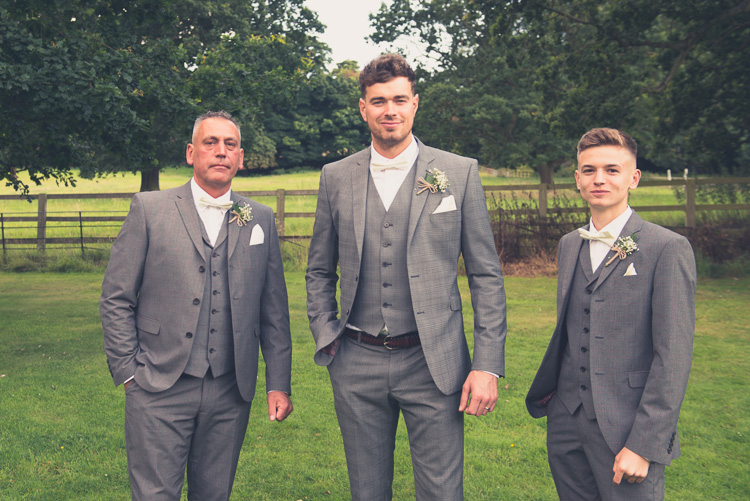
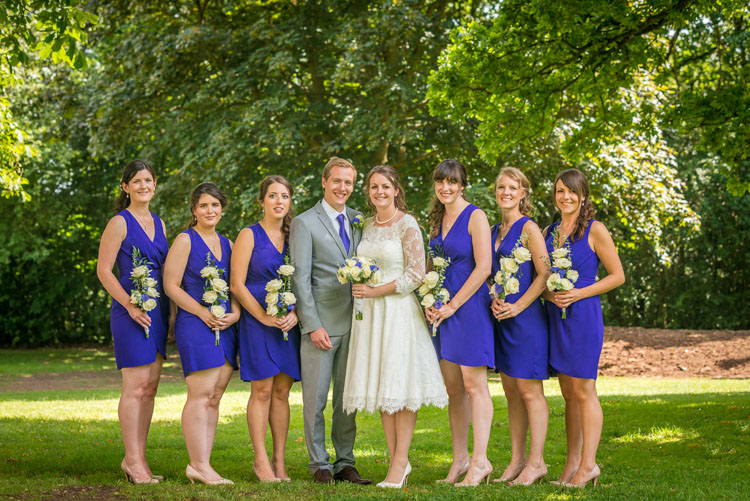
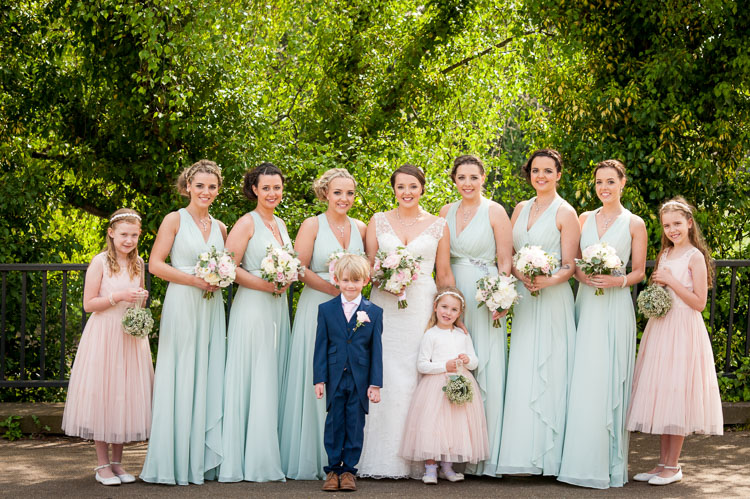
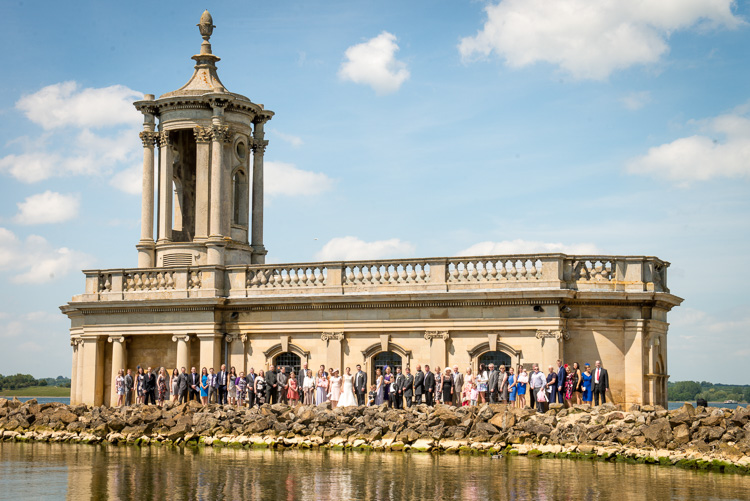
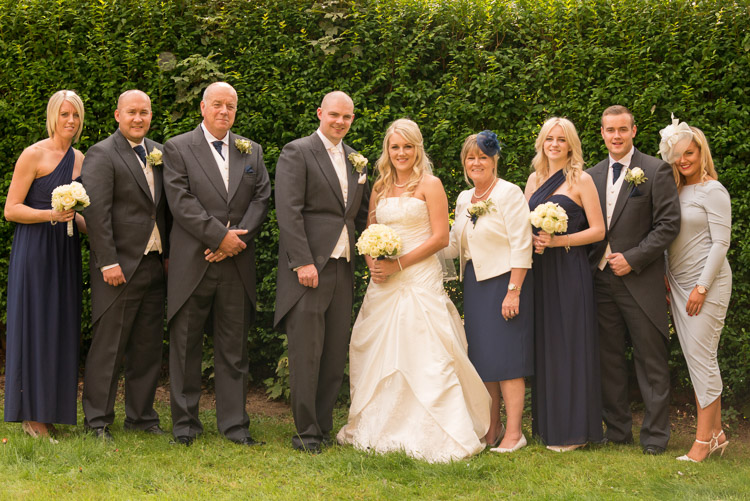
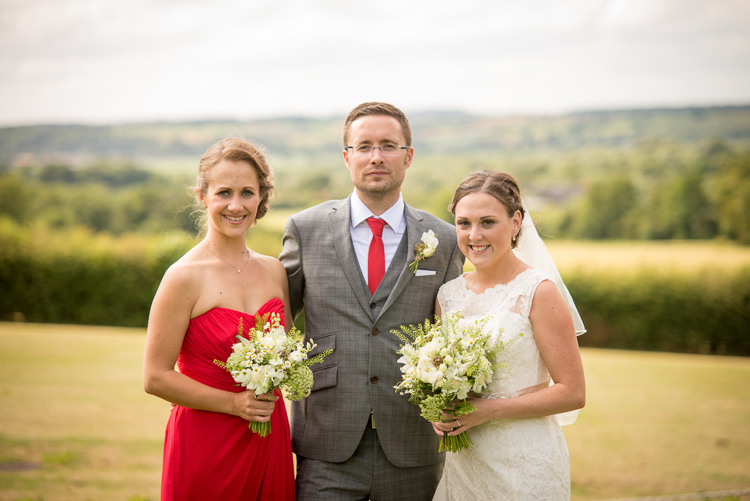
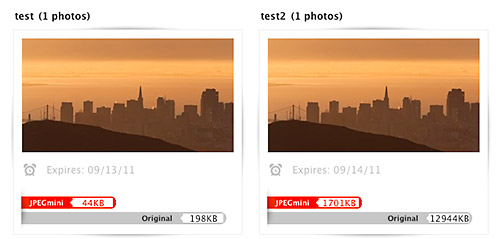
.gif)
